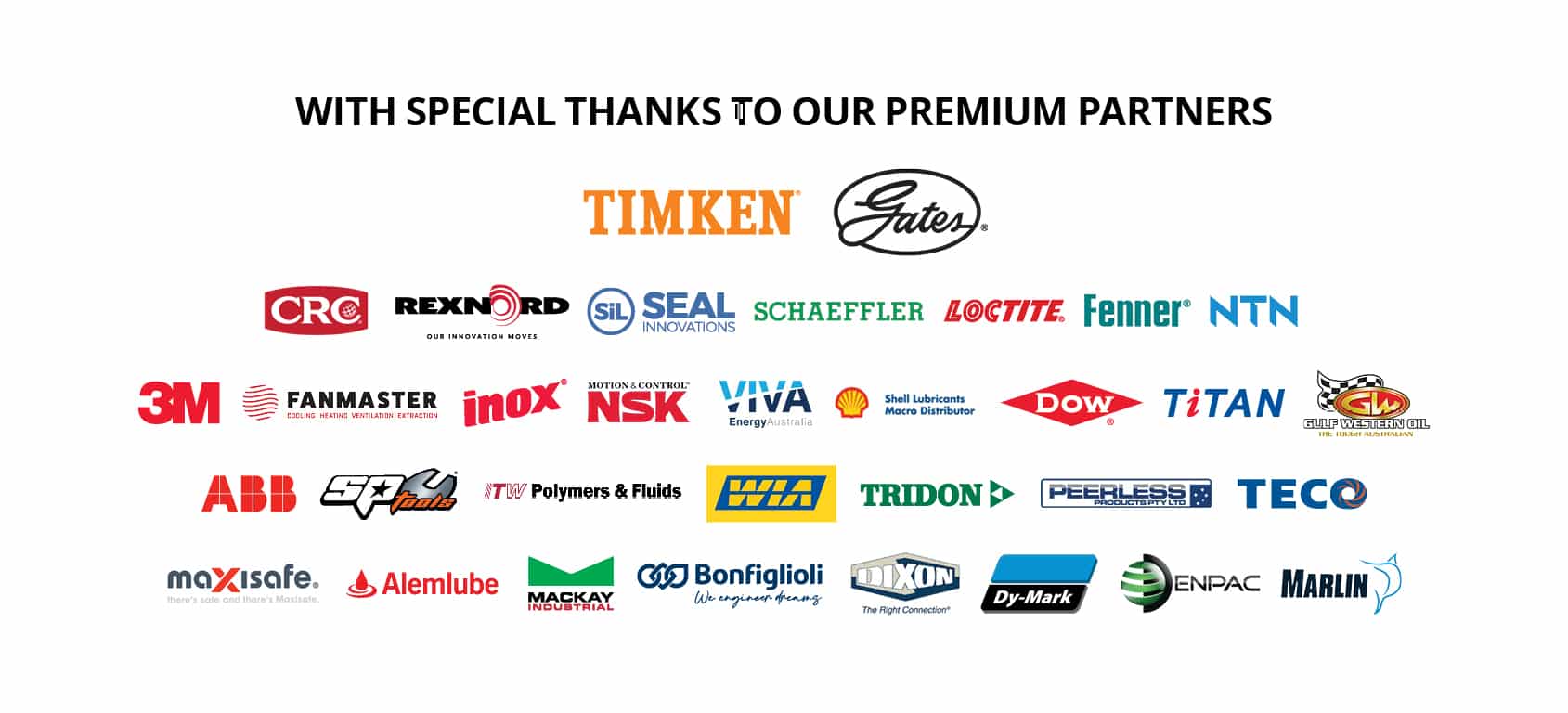
24 Oct Customer-centric digital developments
Providing customers with better options and increased access to quality information and services is at the core of CBC Australia’s new digital offerings. According to Manager Marketing – Digital Business Programs and eCommerce for CBC Australia, Zac Gray, customers in the mining sector are poised to benefit from a host of innovative digital capabilities that can make their processes more efficient. At the forefront of these digital technology developments is the launch of a new CBC website.
“We want to ensure we’re getting powerful information and content into the hands of our customers. The new site will have full e-commerce capabilities and customers can shop for any of the CBC Australia products online. They will also have full stock visibility across all our stores nationwide,” Zac explains.
Importantly, the website gives customers more choices in how they want to shop. While the stores and customer service phone lines will still be available to customers, they will have the additional option of being able to source information and products online. The new website will have advanced product filtering, selection guides and cross-reference search capabilities. Customers will also be able to search by keywords, manufacturer part number or even custom part numbers.
“It’s an omnichannel experience for customers of all types, and on any device,” says Zac. “We still have our customer store network and thousands of staff who customers can engage with either in-store or via the phone, but if they know what they want, they can find the part online and transact with us that way.”
Another technology that CBC is expanding on for customers is their Electronic Data Interchange (EDI). This technology allows for transactional data such as purchase orders, invoices, shipping notifications to be shared between CBC Australia and customers electronically. It cuts down on administrative costs and the chance of human error in procurement procedure.
“This technology automates the process and reduces the human involvement. In a nutshell, it’s paperless, there’s less chance of error and it’s more economical for our customers,” Zac says.
PunchOut is another digital capability that CBC Australia provides to customers. This is a mechanism in which a customer can access the CBC Australia supplier website catalogue and shop from their own procurement application, such as Oracle or Ariba.
“The customer browses the web-based catalogue and adds items to the shopping cart while both applications maintain their connections. No orders are sent to the supplier when the user checks out from the supplier’s PunchOut site. Instead, the shopping cart with the selected items is brought back to the e-procurement application,” Zac explains.
Other innovative ways in which customers can access and purchase CBC Australia products is through their vending services. These vending solutions provide point-of-use inventory management for industrial, safety and other key supplies. Importantly, they are all customised to suit an individual customer and stocked accordingly. These vending solutions are particularly useful on mining sites, where quick access to parts can be critical.
“If you’ve got a site that operates 24 hours a day, 7 days a week, you can’t afford to be waiting for a delivery to come or to go to branch to pick up a part. The vending machines are stocked as per the customer’s request with specific conditions and controls put in for employee access,” Zac says. “The customer doesn’t pay for the stock until it has been processed and removed from the machine. Our Vending Solutions teams then make sure that stock is replenished. This solution allows for customers to reduce their costs without reducing productivity,” Zac says.
Likewise, CBC can fit out whole warehouses or sections of warehouses with stock that can be purchased through RFID capabilities. Similar to the vending solutions, customers don’t have to pay for the stock until it has been removed from the warehouse. This is suitable for larger parts or large stocks of particular components that are used frequently in the mining industry.
“It’s basically the same concept as Amazon Go. An employee can come into the warehouse with their cart or trolley, take the parts that they want, and the RFID scanners will automatically work out from the remaining stock what items have been purchased and the customer is then billed for those parts.”

